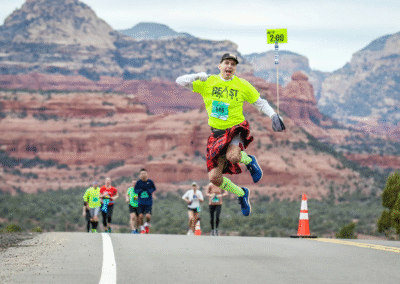About Dr. Milbourne
As a psychologist, a father, a husband, a runner, a first Gulf War era Army officer and a former country manager of an American business in Russia, I bring a varied and eclectic style to my work. Trained in marital, family, and child therapy, I have worked with clients from childhood into retirement and enjoy the diversity of seeing people at all stages of their lives and development.
My goal is to maximize happiness and reduce anxiety and the impediments to truly enjoying your life. To do so, I am happy to see individuals, couples or families, and look forward to seeing you!
About
Dr. Milbourne is a licensed psychologist specializing in work with families, couples and adults across the lifespan. From end of life issues to helping families, couples, and adults. Dr. Milbourne focuses on obtaining and maintaining good physical and mental health.
Dr. Milbourne is a licensed psychologist specializing in work with families, couples and adults across the lifespan. From veterans and first responders with anxiety, trauma and substance abuse to helping families, couples, and adults, Dr. Milbourne focuses on obtaining and maintaining good physical and mental health. Proficient in Eye Movement Desensitization and Reprocessing (EMDR) and Internal Family Systems (IFS) for trauma and anxiety, Dr. Milbourne additionally uses techniques, such as his Emotions Focused Therapy in marital and sex therapy, to expand healthy behaviors and reduce distress.
His career as a psychotherapist follows an undergraduate major in Soviet Area Studies, and five years living in Europe including two as an Army officer during the first Gulf War. Fluent in Russian, he utilizes his diverse background to bond with clients of different cultural experiences, currently providing remote trauma treatment to Ukrainian refugees of the Russian War. Dr. Milbourne has over a quarter century experience helping people overcome addictions and gain greater freedom and happiness in recovery.
Education, Licensing & Affiliations
- BA, Soviet Area Studies, Trinity College, Hartford CT
- PsyD., Clinical Psychology, Widener University, Chester, PA
- Pennsylvania Licensed Psychologist, PS 105613
- IFS Level 1, 2 & 3 Certified
- EFT trained
- EMDR Level 2 Certified
- Pennsylvania Psychological Association, Member
- Philadelphia Society for Clinical Psychologists, Member
- Swarthmore Lions Club, Member
- Race Running Pacer for Beast Pacing, Philadelphia Runner, New York Road Runners, Elite Access Pacing and MarathonPacing.com
- Guide Runner for Achilles International
Work Life Balance
Dr. Milbourne is an avid runner, marathoner, biker, swimmer, knitter and exercise enthusiast. In many races he runs as a pacer, helping others complete their own time goals, which combines running with some of the encouragement of psychotherapy. He enjoys bringing his passion for health and a healthy lifestyle to his work with clients. But his greatest pleasure is spending time with his wife and two children.
Ukrainian Refugees
If you know of any Ukrainian refugees in need of free or low cost psychological services please direct them to https://telehelpukraine.com.
“
“Between stimulus and response there is a space. In that space is our power to choose our response. In our response lies our growth and freedom.”
– Viktor Frankl




